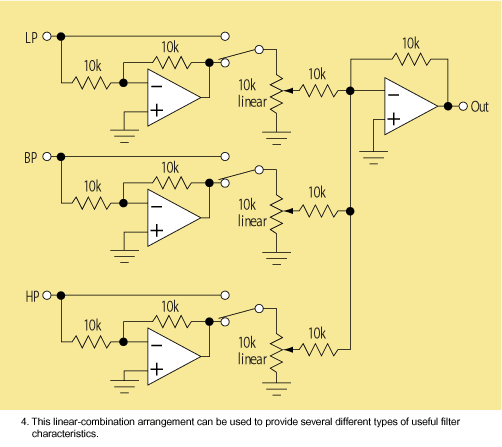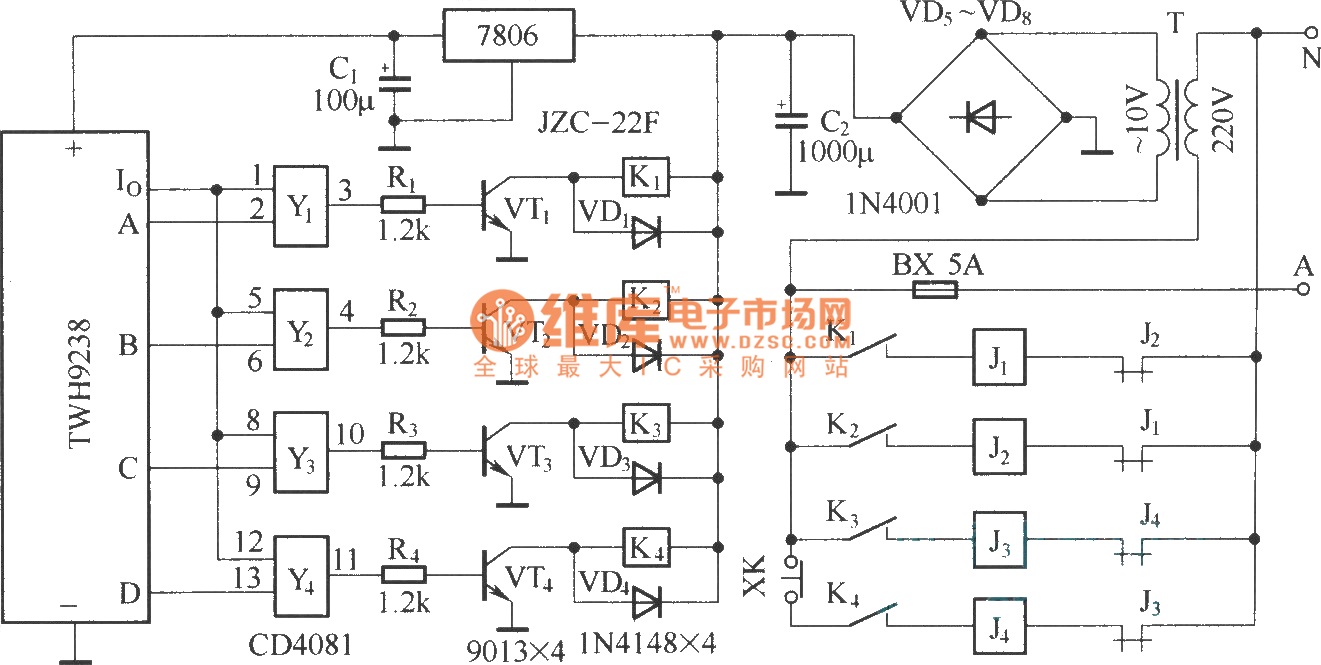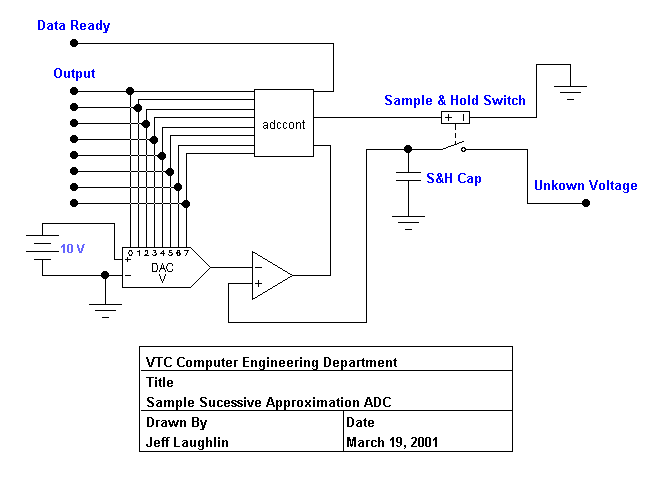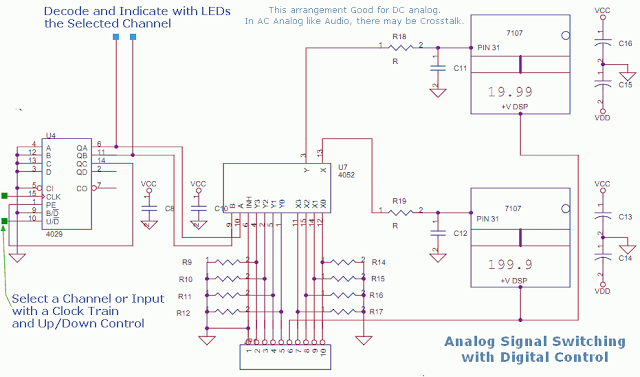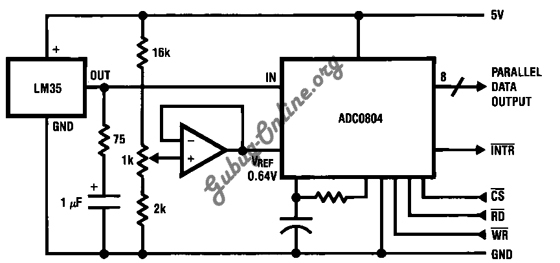
Digital Remote Thermometer

Digital Remote Thermometer. The remote sensor transmits data through the mains supply. The temperature range is from 0.0 to 99.9 °C. Transmitter circuit diagram includes the following components: R1, R3 = 100K 1/4W resistors; R2 = 47Ω 1/4W resistor; R4 = 5K 1/2W trimmer.
The digital remote thermometer features a remote sensor that effectively transmits temperature data over the mains supply, allowing for versatile applications in various environments. The operational temperature range of this device spans from 0.0 °C to 99.9 °C, making it suitable for monitoring a wide array of conditions.
The transmitter circuit is composed of several key components. Resistors R1 and R3, each rated at 100K ohms and 1/4 watt, are utilized to set the gain and stability of the circuit. Resistor R2, with a value of 47 ohms and also rated at 1/4 watt, is employed for current limiting purposes, ensuring that the circuit operates within safe parameters. The inclusion of R4, a 5K ohm trimmer resistor rated at 1/2 watt, allows for fine-tuning of the circuit, enabling adjustments to be made for optimal performance.
This design highlights the importance of selecting appropriate resistor values to ensure accurate temperature readings and reliable data transmission. The integration of the remote sensor with the mains supply for data transmission is a notable feature, facilitating ease of installation and reducing the need for additional wiring. Overall, this digital remote thermometer is a practical solution for temperature monitoring in both residential and industrial applications.Digital Remote Thermometer Remote sensor sends data via mains supply Temperature range: 00.0 to 99.9 C Transmitter circuit diagram: Transmitter parts: R1,R3=100K 1/4W ResistorsR2=47R 1/4W ResistorR4=5K 1/2W Trimm.. 🔗 External reference
The digital remote thermometer features a remote sensor that effectively transmits temperature data over the mains supply, allowing for versatile applications in various environments. The operational temperature range of this device spans from 0.0 °C to 99.9 °C, making it suitable for monitoring a wide array of conditions.
The transmitter circuit is composed of several key components. Resistors R1 and R3, each rated at 100K ohms and 1/4 watt, are utilized to set the gain and stability of the circuit. Resistor R2, with a value of 47 ohms and also rated at 1/4 watt, is employed for current limiting purposes, ensuring that the circuit operates within safe parameters. The inclusion of R4, a 5K ohm trimmer resistor rated at 1/2 watt, allows for fine-tuning of the circuit, enabling adjustments to be made for optimal performance.
This design highlights the importance of selecting appropriate resistor values to ensure accurate temperature readings and reliable data transmission. The integration of the remote sensor with the mains supply for data transmission is a notable feature, facilitating ease of installation and reducing the need for additional wiring. Overall, this digital remote thermometer is a practical solution for temperature monitoring in both residential and industrial applications.Digital Remote Thermometer Remote sensor sends data via mains supply Temperature range: 00.0 to 99.9 C Transmitter circuit diagram: Transmitter parts: R1,R3=100K 1/4W ResistorsR2=47R 1/4W ResistorR4=5K 1/2W Trimm.. 🔗 External reference
